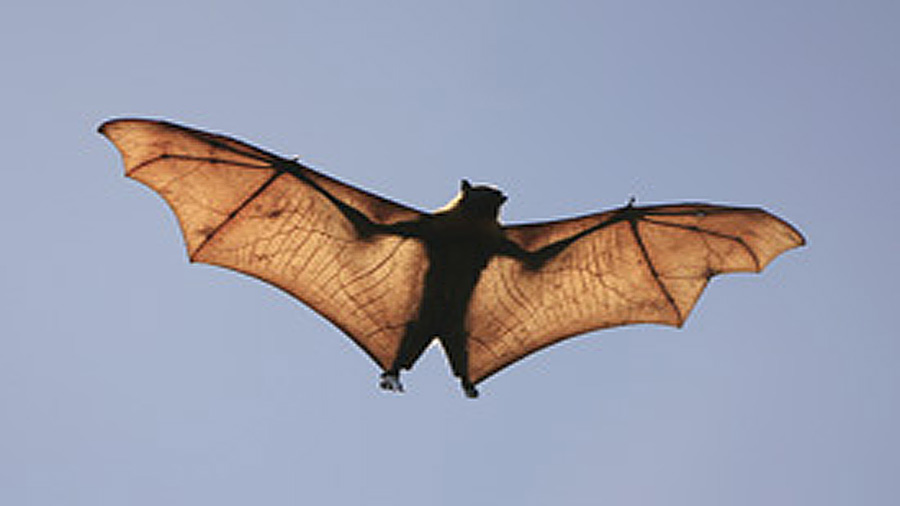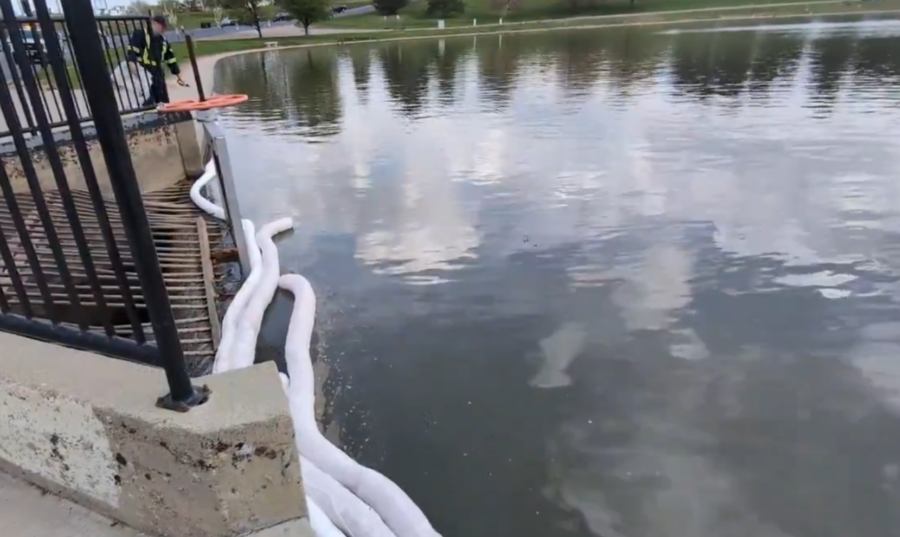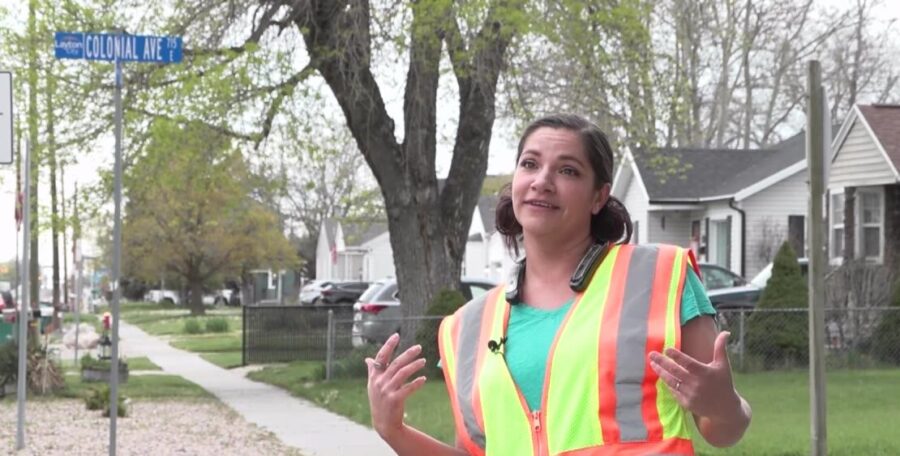Bat found in Salt Lake tests positive for rabies
Jun 1, 2023, 11:18 AM

FILE: Bats are the leading cause of rabies deaths in people in the United States. Rabid bats have been found in all 49 continental states. Only Hawaii is rabies-free. (Centers for Disease Control and Prevention)
(Centers for Disease Control and Prevention)
SALT LAKE CITY — With the discovery of a bat in Salt Lake City with rabies, health officials are reminding people to avoid contact with bats and other wild animals.
The Salt Lake County Health Department released the information about the positive rabies test Thursday with warnings to avoid bats and other animals. Bats typically avoid people and aren’t a threat to humans but animals with rabies may behave in unusual ways, the county said.
It said infected animals may spend time on the ground, enter areas they typically avoid and may be weak, dehydrated or unable to fly — making them more approachable than usual. Even though a small percentage of bats carry rabies, it’s important that people avoid contact.
Health department looks for visitors that encountered diseased bat at Dinosaur National Monument
All bat species are protected under Utah law. It is illegal to intentionally harm a bat because they are essential to the ecosystem by controlling pests, pollinating plants and dispersing seeds.
“Once clinical signs of rabies appear, the disease is nearly always fatal,” according to the U.S. Centers for Disease Control and Prevention. “Less than 20 cases of human survival from clinical rabies have been documented. Only a few survivors had no history of pre- or postexposure prophylaxis.”
Salt Lake County Health Department states that a bat roosting on the exterior of your home and behaving normally is not a threat and should be left alone. If a bat is roosting in your attic, residents are urged to contact a local, permitted wildlife control company.
Health officials said if you do encounter a bat on the ground or in an unusual place:
- Do not touch it
- Keep children and pets away
- Report the bat’s location to the local animal control agency, available in Salt Lake County here
The CDC states that “the first symptoms of rabies may be similar to the flu, including weakness or discomfort, fever or headache. There may be discomfort, prickling, or an itching sensation at the site of the bite.”
It said that after a rabies exposure, the virus has to travel to the brain before it can cause symptoms and it may last for weeks or months based on the location of the exposure, the type of rabies virus and any existing immunity.
Humans usually get rabies from the bite of an animal with rabies. Any wild mammal — such as a racoon, skunk, fox or bat — could have rabies and transmit it to people. It is also possible to contract rabies from infectious material from a rabid animal, such as saliva or brain matter. Feces, blood and urine do not transmit rabies, the health department said.
Residents are urged to contact a healthcare provider if they are unsure about an exposure or or bitten or scratched.
“Rabies in people is 100% preventable through prompt appropriate medical care,” CDC states.
A rabies infection can only detected or confirmed with a laboratory test after an animal’s death can determine if an animal has rabies, the county health department said.
County officials also urged that pets are current on vaccines in case they come in contact with a wild animal that carries rabies. Utah state law requires pet dogs, cats and ferrets to be immunized against rabies.













